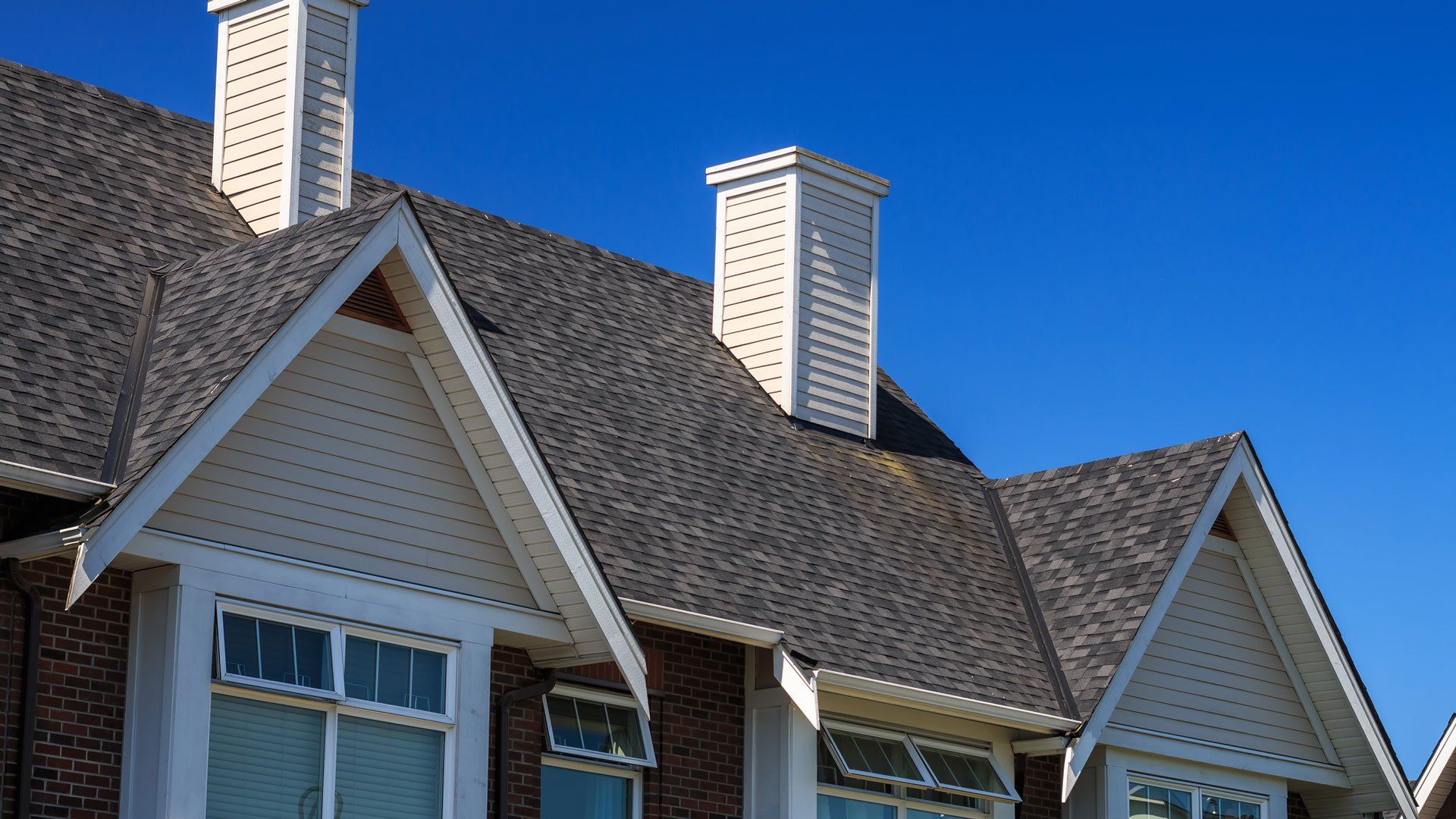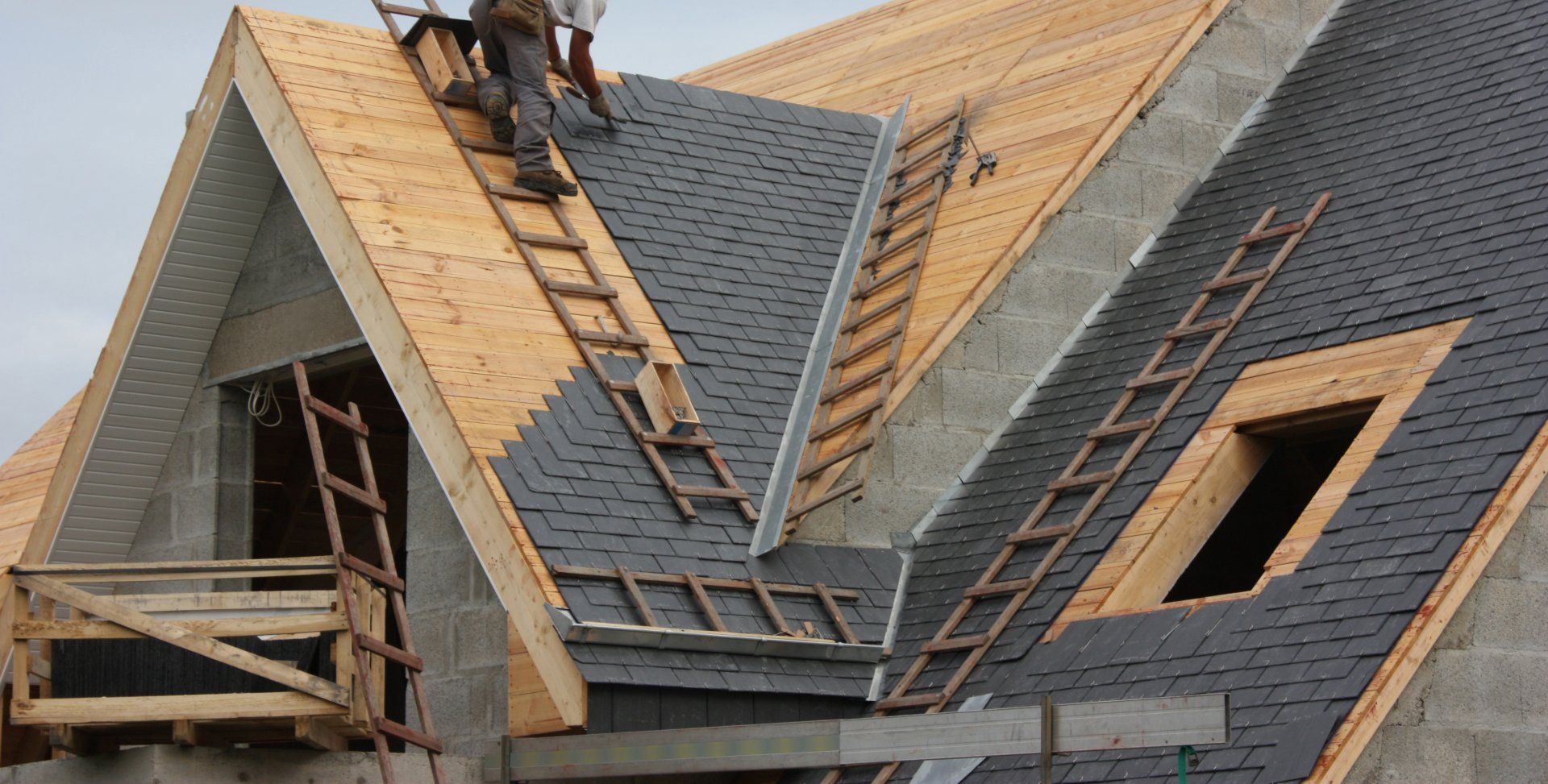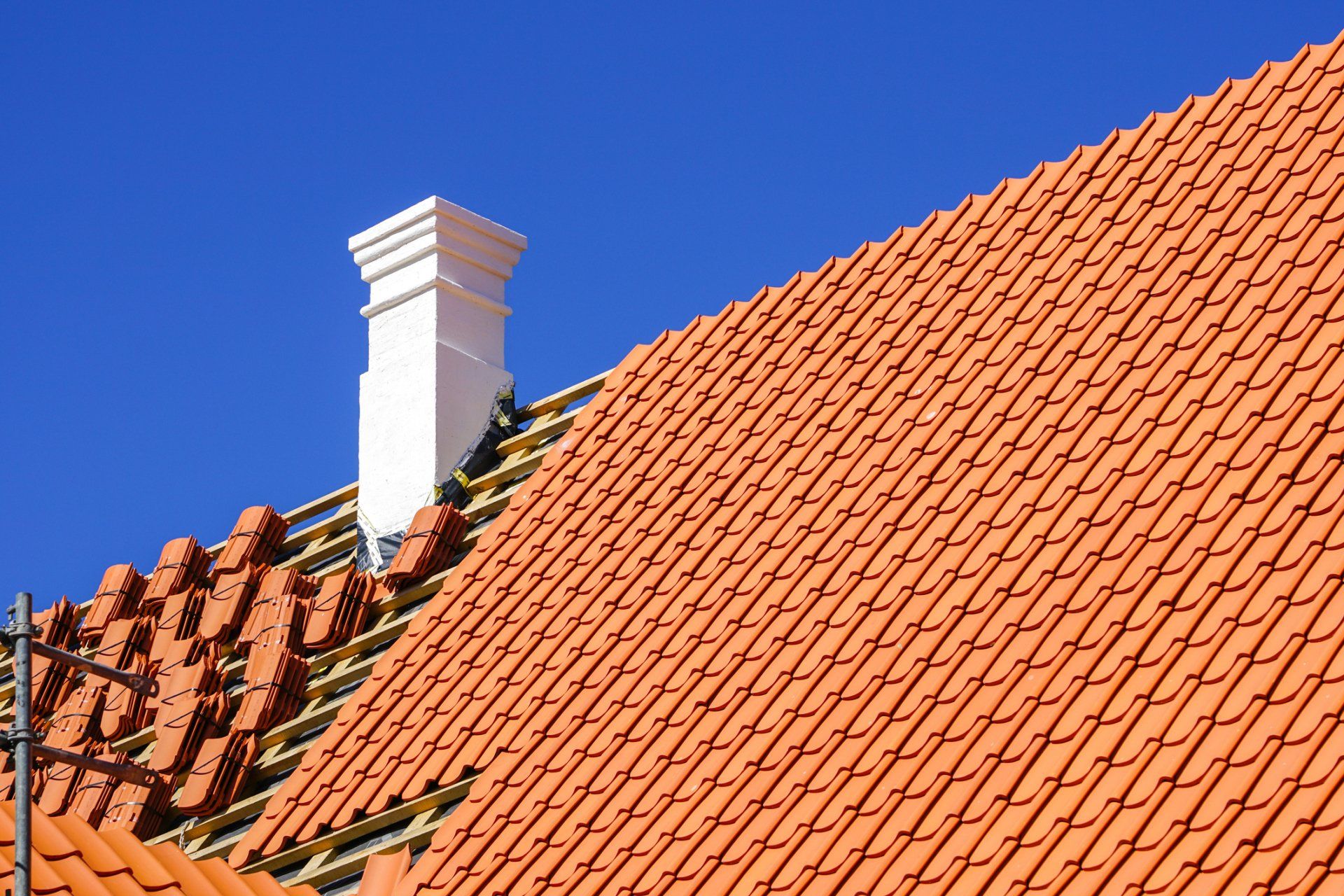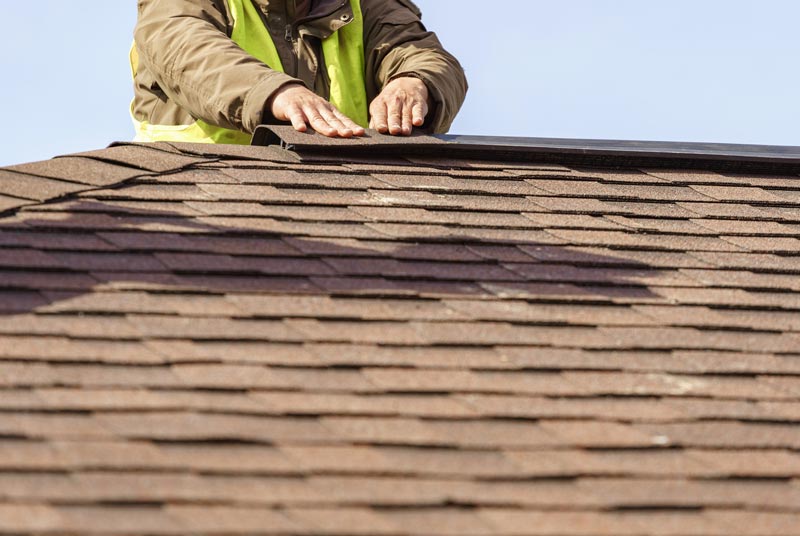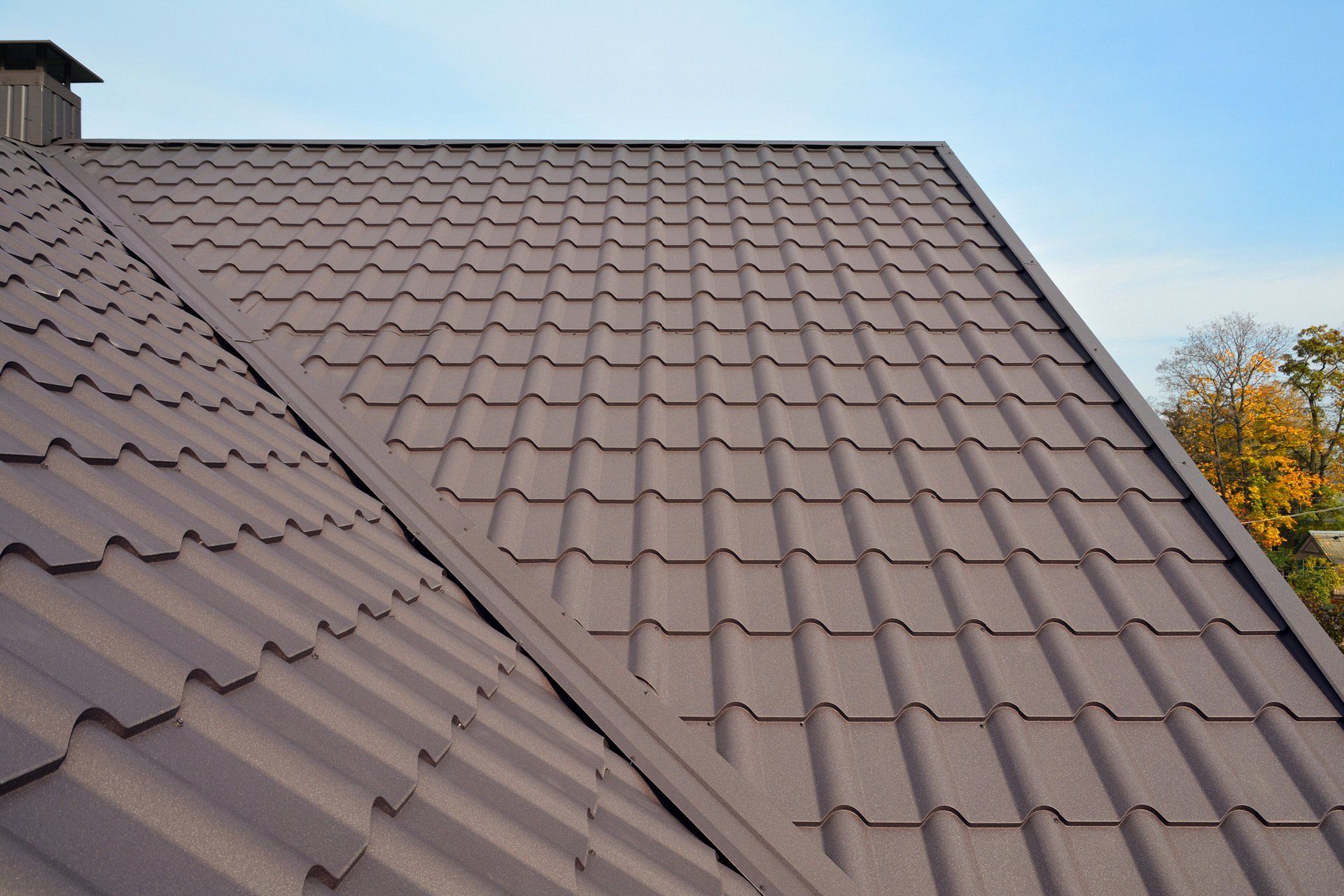4 Common Causes for Roof Leaks
Admin • March 16, 2020

Roof leaks are annoying and can cause minor to major damage, including rotting wood and drywall. Leaks may even help spread disease by promoting the growth of mold and mildew. If you don't give your roof much attention, but you want to better protect your home, check out these four common causes for roof leaks.
1. Missing and Damaged Shingles
Roof shingles are the first line of defense against moisture. While your roof has an underlying moisture barrier beneath the shingles, you still need the roof entire covered by shingles. Like your skin protects underlying tissues, these singles prevent too much moisture from penetrating. However, like skin can get damaged, so can shingles, exposing the underlying layers and increasing the chance of a leak.
Shingles can become damaged for many reasons, including age. As they get older, the shingles may become more brittle from damage by UV light, leading to cracking. Heavy winds can blow loose shingles right off the roof. Even something as simple as walking on the roof to remove debris, fix shingles, etc. can cause wear and tear.
2. Vents, Chimneys and Skylights
Ideally, your roof would be one solid sheet without nothing penetrating it, but houses need ventilation. Therefore, you have areas of your home where there is literally a hole in the roof. The hole is mostly protected by the vents, chimney or skylight, but improper cutting or wear and tear can leave small gaps around the vent, which are perfect for moisture.
Metal flashing is commonly used around these areas. Think of them like Band-Aids to protect weakened areas. Of course, like bandages, the flashing wont' last forever. Which is why part of roof maintenance is inspecting and replacing damaged flashing.
3. Clogged Gutters
Clogged gutters are particularly good at causing complications. Not only can they lead to erosion problems around the foundation and damage to siding, but the water can damage your roof. First, overflowing water can damage the fascia, which is the piece of wood along the edge of the roof to which the gutters are attached. Eventually, the wood begins to rot, attracting pests, and if the wood rots enough, it may not be able to support the gutters.
Too much water can also cause damage to shingles at the edge of the roof (the ones closest to the gutters). The water alone can rot the shingles, but moisture can also get pushed under shingles. This often leads to a slower leak that you may not notice until there is already lots of mold and mildew in the attic.
4. Shallow Slope
Roofs come in all shapes and sizes. Some have extremely steep slopes and others are totally flat. Typically, the steeper the slope the better the roof withstands leaks. This is largely due to the fact that the water can just slide right off a steep roof. This is particularly important if you live in areas with heavy snowfall. Snow increases the risk of leaks and roof collapse from the extra weight.
If you have a shallow slope, there is higher risk of water pooling on the roof. For this reason, flat roofs have to have several drainage systems to ensure water has plenty of ways to escape. If your roof has a shallow slope, and you keep noticing pooling water, you may need to consider additional drainage systems.
Roof leaks have many causes, but for the most part, as long as you maintain your roof and gutter system, you shouldn't face too many leaking issues. Storms can cause sudden damage, but most roof damage is caused by age and poor maintenance. For more information about roof repair and maintenance, contact us
at Whittle's Roofing Co., Inc., today.


